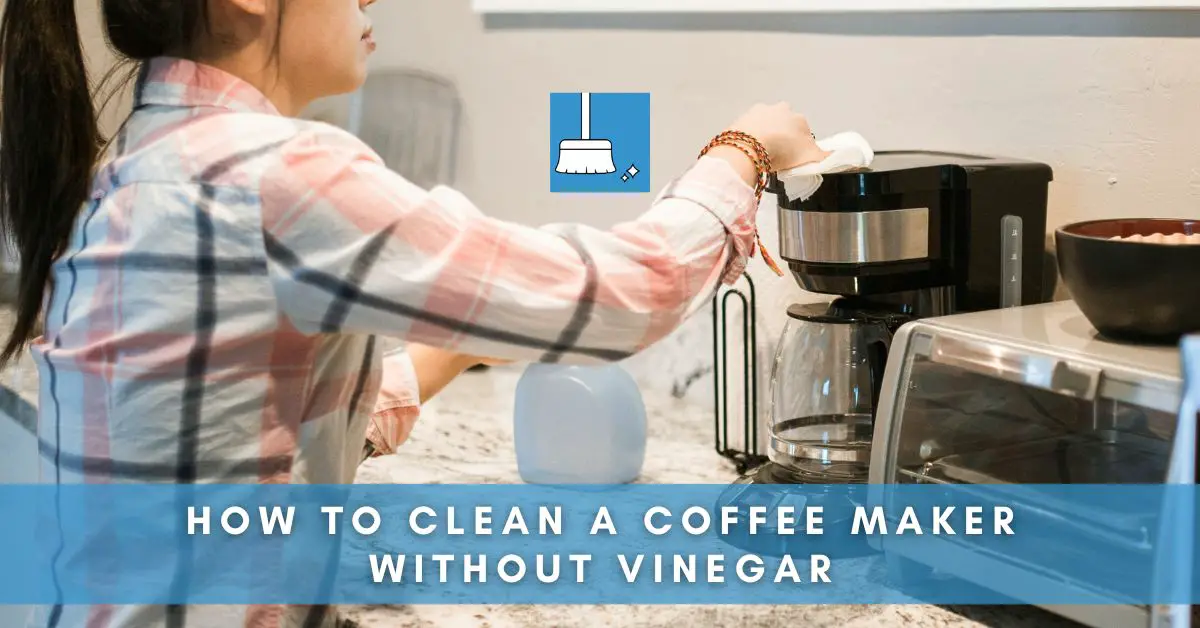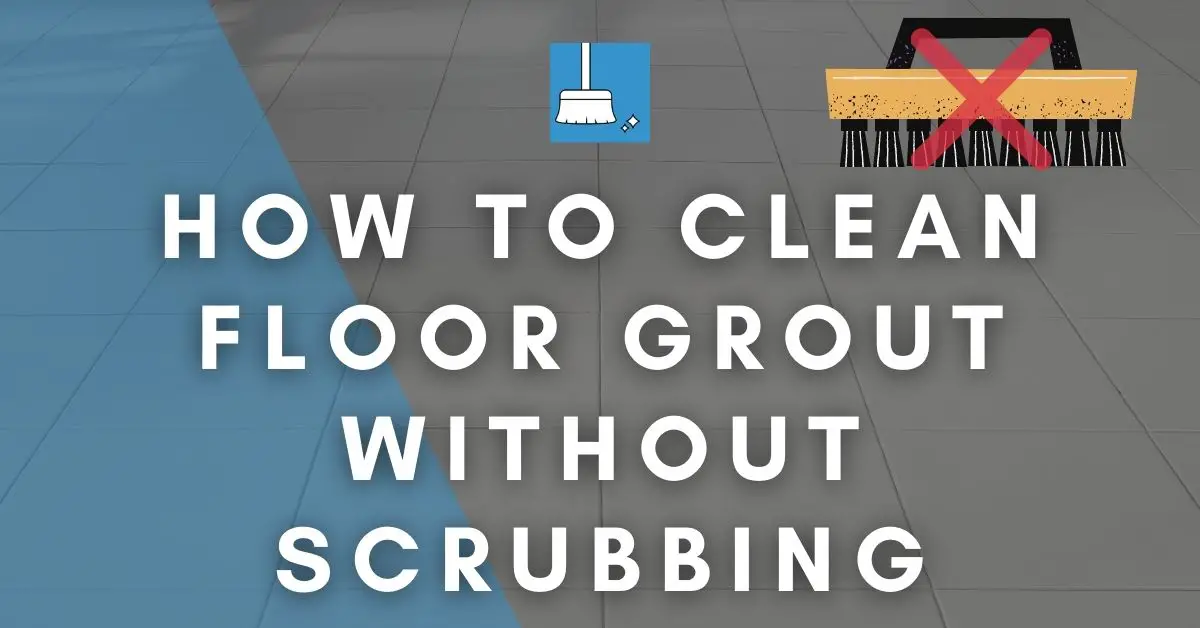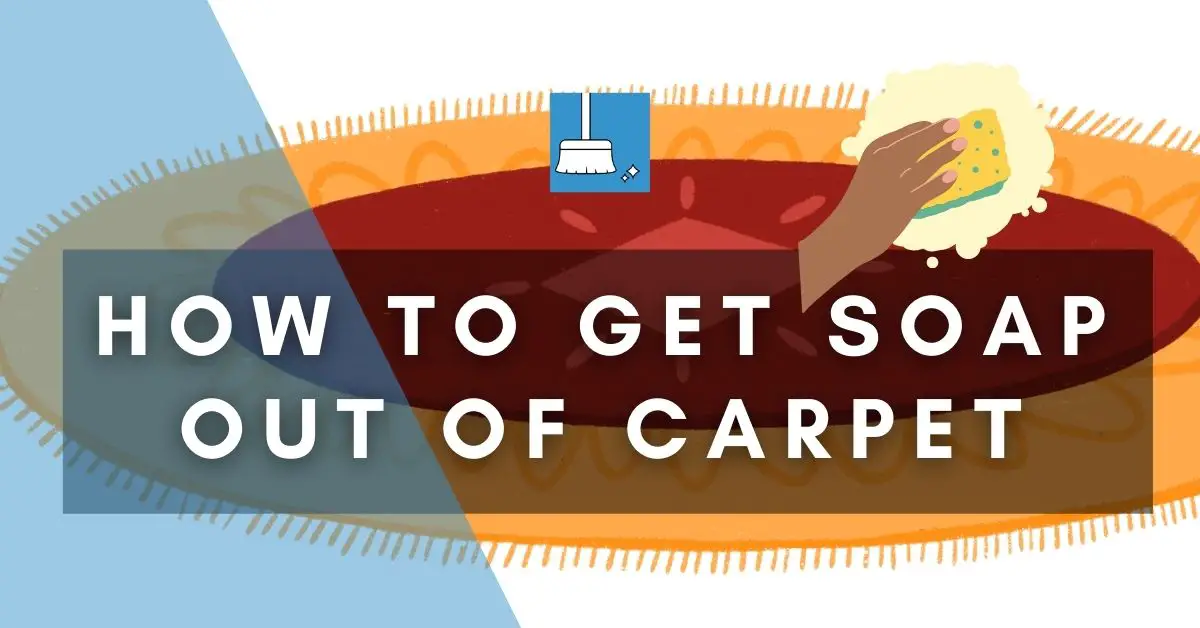You definitely are one of those who start their day with a hot cup of coffee and drink a few cups throughout the day to keep them fresh and going. Your coffeemaker is your life-breath. And, to keep your coffee fresh and your coffeemaker working at its best, you need to regularly clean it.
But, why do you scientifically need to regularly clean it? Well, the answer is simple! To prevent the buildup of limescale and also to prevent the breeding of germs and bacteria and, needless to mention, to get rid of leftover coffee bean deposits.
It is important to clean your coffee maker as regularly as once or twice a month if you use it daily.
This do-it-yourself guide is made just for you. I am listing out 10 different methods to clean your coffee maker, and that too, without using Vinegar.
Why Should You Avoid Vinegar?
Vinegar is one of the most common and effective household cleaning liquids. It is popularly used for cleaning coffee makers because its acidic properties are effective in killing bacteria and mold.
The usual method is to run the vinegar through the maker and rinse several times.
However, it has its drawbacks, which include:
1- The unpleasant and strong smell and the difficult cleaning nature of the vinegar (your next few cups of coffee would taste funny).
2- It is also preferable to not use vinegar because it is not recommended for intake due to its highly acidic nature.
3-It is important that you protect your skin and self from harm by any potentially acidic or harmful cleaning tool or material.
Many people also avoid using vinegar when cleaning their shower heads.
Cleaning Preparation
Here are a few preparatory instructions that you should follow when starting to clean your coffee maker.
1- Wear your protective gear i.e gloves and face mask to protect your hands and face from any harmful stray drops and prevent inhaling harmful fumes.
2- Make sure your coffeemaker is not connected to electricity and empty the pot. It is recommended you wash the coffee maker in your sink where there is steady water.
3- Remove the coffee maker filter and place it in hot water for 15-20 minutes as a pre-clean.
4- Always wash detachable parts separately with the cleaning tool/material of your chosen method and again with water.
Cleaning Your Coffee Maker Without Vinegar (10 Methods)
There are many other cleaning methods apart from the vinegar method, that are easy and simple to apply when cleaning your coffeemaker. I have outlined 10 cleaning methods for you to choose from.
Here they are:
METHOD 1: Cleaning With Baking Soda
Baking soda is a common, natural, and non-toxic cleaning agent that is useful for cleaning grease, dirt, and limescale from coffee makers due to the presence of mild alkali.
YOU’LL NEED
Water
Baking soda
STEPS
STEP 1: Make a cleaning mix using a quarter cup of baking soda and a cup of warm water.
STEP 2: Make sure the baking soda is fully dissolved and run a brewing cycle through the coffee maker with the mix.
STEP 3: Pour out the dirty liquid and run a new cycle with warm water. Repeat this process until there are no traces of the baking soda.
That’s easy! Isn’t it?
METHOD 2: Cleaning With Dish Soap
This is the simplest cleaning method for your coffee maker. After all, dishwashing liquid is one of the most affordable and most used cleaning items for home appliances.
YOU’LL NEED
Hot water
Liquid dish soap
Soft scrub sponge
STEPS
STEP 1: Remove all detachable parts of your coffee maker and soak the filter for 20 minutes in hot water that has been mixed with the dishwashing liquid.
STEP 2: Scrub the filter gently with the soft scrub sponge and rinse with warm water.
STEP 3: Mix warm water with a bit of your dishwashing liquid and run it through the coffee maker for a cycle.
STEP 4: Run more cycles with warm water only to remove any residue of the soapy water and its taste from the coffee maker.
Simple! Isn’t it?
METHOD 3: Cleaning With Rice
Rice is an affordable and natural product to clean your coffee maker. It is a natural absolvent. It works especially well when mixed with warm water and small amounts of dish soap to get the right texture.
YOU’LL NEED
Warm Water
Liquid dish soap
Rice
Soft scrub sponge
STEPS
STEP 1: Pour a bit of dish soap into warm water and add half a cup of rice into it. Leave the rice to settle and soften up a bit.
STEP 2: Stir the rice mix and then use it to gently scrub the pot of the coffee maker and other detachable parts with a soft scrub sponge. The rice will naturally loosen any debris and limescale
STEP 3: Do another soft scrub of the coffee maker with just the sponge, and then rinse with warm water.
METHOD 4: Cleaning With Denture Tablets
Denture tablets are cleaning tablets that are effective in cleaning out bacteria, germs, and limescale deposits.
YOU’LL NEED
Warm water
Denture tablets
STEPS
STEP 1: Make a mixture of 2 denture tablets and warm water. Stir until the tablets are fully dissolved.
STEP 2: Pour the solution into the pot and run a brewing cycle.
STEP 3: Now, Run fresh brewing cycles with warm water until the odor and traces of the solution are gone.
METHOD 5: Cleaning With Salt & Ice
Salt is a common item in any household and can be used in cleaning coffee makers because of the presence of sodium which works as an anti-bacterial agent. It is usually mixed with crushed ice to boost its cleaning power.
YOU’LL NEED
Warm Water
Table salt
Ice
STEPS
STEP 1: Mix a cup of crushed ice and four tablespoons of table salt until the salt and ice are properly blended.
STEP 2: Pour the mix into the pot of your coffee maker and run a blending cycle.
STEP 3: Run new cycles with warm water to remove any residue of salt and ice.
METHOD 6: Cleaning With Lemon Juice
A very good alternative to using vinegar in cleaning your coffee maker is using lemon juice. This is because it contains citric acid which is similar to the acetic acid of vinegar and is very effective in cleaning out limescale, bacteria, and grease.
YOU’LL NEED
Lemon juice
Water
Liquid dish soap
Soft scrub sponge
STEPS
STEP 1: Make a cleaning mix of equal parts of lemon juice and water.
STEP 2: Pour the cleaning mix and run the pot cycle. Stop the brewing process halfway through and leave the solution to soak for about 10-15 minutes.
STEP 3: Run the lemon juice mix through the coffee maker again.
STEP 4: Now run 2 new cycles with warm water to remove the lemon juice mix and smell.
STEP 5: Wash the detachable parts with a sponge dipped in lemon juice and then again with soapy water. Rinse with warm water and let it dry thoroughly.
METHOD 7: Cleaning With Cream of Tartar
This is a natural cleaning method that forms an abrasive cleaner that cleans dirt and bacteria. This is because of the presence of Tartaric acid which is a natural and non-toxic acid.
YOU’LL NEED
Water
Cream of Tartar
Soft scrub sponge
STEPS
STEP 1: Fill your coffee maker with water and three spoonfuls of cream of tartar. Then stir until the solution is completely mixed.
STEP 2: Run a brewing cycle with the mix, scrub lightly with a soft scrub sponge and then run fresh cycles with warm water to remove any traces of the cream.
METHOD 8: Cleaning With Hydrogen Peroxide
Hydrogen Peroxide is also known as H202 and is a very common and cheap household disinfectant. It can be used as a cleaning material for coffee makers because it effectively removes limescale and kills germs and bacteria.
YOU’LL NEED
Warm water
Hydrogen Peroxide
STEPS
STEP 1: Pour a cup of hydrogen peroxide into the pot of the coffee maker and fill the pot with warm water.
STEP 2: Run a brewing cycle with this mix.
STEP 3: Run more cycles with warm water until any trace or odor of Hydrogen peroxide is gone.
METHOD 9: Cleaning With Vodka
A very intriguing cleaning method for your coffee maker is vodka or alcohol. Isn’t it?
This is because it is highly effective in removing coffee bean residue, and vodka (in particular), has no taste or smell that affects future brews.
YOU’LL NEED
Warm water
Vodka
STEPS
STEP 1: Mix a quarter cup of vodka with a full cup of water and pour it into the pot of your coffee maker.
STEP 2: Run a cycle in the coffee maker with the vodka mix and pour it out.
STEP 3: Run 2 or 3 new cycles with warm water to clear out the vodka.
METHOD 10: Cleaning With Bleach
Bleach is well known as an affordable and effective household cleaner. It is also good for use when cleaning your coffee maker as long as you use it in small amounts (to avoid machine damage) and with lots of water.
YOU’LL NEED
Water
Bleach
Soft scrub sponge
STEPS
STEP 1: Mix a tablespoon of bleach with 2 cups of water. Make sure to mix properly.
STEP 2: Pour the solution into the coffee maker and let it run for a cycle.
STEP 3: Run multiple cycles with just warm water to remove any bleach residue, smell, and taste from the coffee maker.
Descaling Your Coffee Maker
Continual use of water for long results in calcium and mineral deposits in your coffee maker.
Therefore, to prevent the machine from clogging or dis-functioning, it is highly recommended to descale your coffee maker once every month. Descaling also increases the longevity of your coffee maker.
You’ll need a good descaling solution.
1- Pour the solution into the coffee maker and add water.
2- Brew the largest pot or cup of coffee.
3- Remove the solution out of the maker.
4- Run 3 cycles with normal water.
Whichever, descaling solution you choose, make sure to go with the manufacturer’s instructions as they might differ from product to product.
Conclusion
These are tried and tested methods to clean a coffee maker without using vinegar. Cleaning your coffee maker in the right way by using any of the above cleaning methods is sure to remove all coffee bean residue, dirt, and bacteria, leaving you with a clean and good-as-new coffee maker to brew you those amazing and tasty cups that you start your day with.
Cheers!






Pingback: 5 Ways | How To Clean A Shower Head Without Vinegar